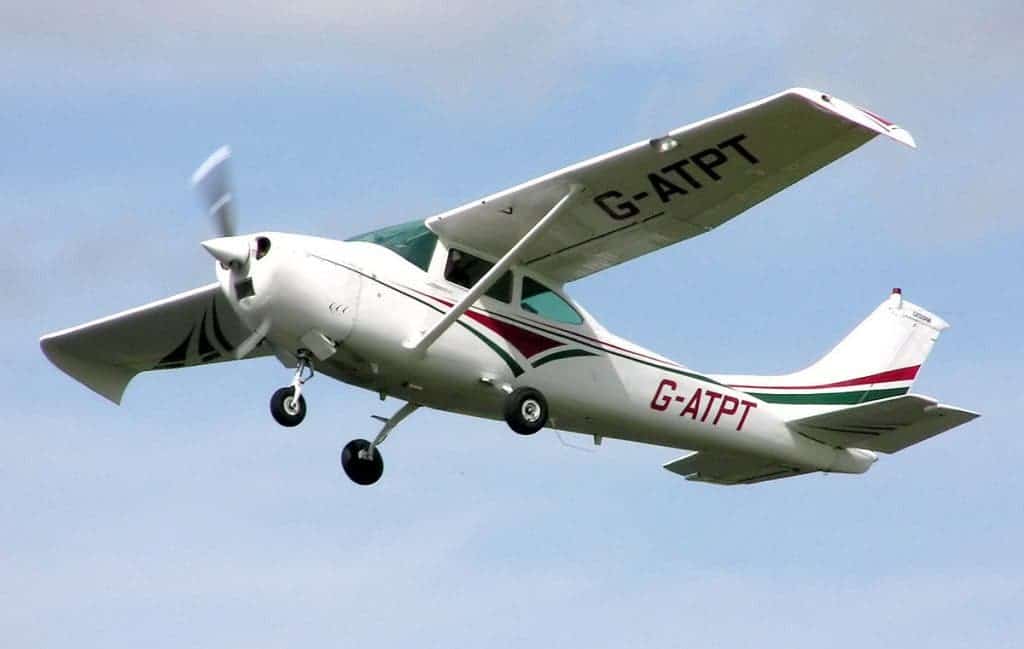NASA plans to improve today’s planes with a blast from the past — re-implementing a structure known as a wing truss would reduce fuel consumption and carbon emissions of common commercial aircraft by as much as 50%, according to computational models.
Early aircraft were… Well they were horrible, really. These flimsy cloth-and-wire machines offered their pilots virtually no protection against the cold. Their open cabins also meant that it was impossible to create a pressurized environment so the pilots wouldn’t black out from lack of oxygen at high altitudes. Thankfully that wasn’t much of a problem as their engines barely had enough power to get them off the ground in the first place.
This meant that early pioneers of aircraft design had to squeeze every ounce of lift from their designs, while keeping them as light as possible. Designs such as the biplane, triplane and wacky multiplane generated enough lift even at low speeds but also huge amounts of drag, and were thus limited in maximum speed.
Another piece of technology from the era however, the wing truss, has recently caught NASA engineers’ as a possible avenue for improvement of modern designs.
A wing truss is a support structure connecting the body of the plane to the wing, and can be seen in modern ultra-light prop-planes such as the Cessna 182.
By transferring part of the strain to the fuselage, trusses allow for longer, thinner but also lighter wings to be constructed without sacrificing lift. Lower weight and improved carrying capacity would translate into lower much more efficient use of engine power, according to NASA:
“Researchers expect the lighter weight, lower drag truss-braced wing to reduce both fuel burn and carbon emissions by at least 50% over current technology transport aircraft, and by 4 to 8% compared to equivalent advanced technology conventional configurations with unbraced wings.”
But there’s a reason trusses were abandoned in the first place: they add drag and disturb the flow of air around the aircraft. But, by using modern digital modeling techniques, engineers can design around this problem.
“Using computational results showing how air would flow around the model, they [the researchers] modify the dimensions and shape of the wing and truss to improve areas that may generate undesirable air flow that would increase drag and reduce lift. Then engineers test models in a wind tunnel using multiple experimental techniques to validate the computations and aircraft performance predictions.’
If higher fuel efficiency and reduced emissions aren’t enough to impress you, there’s another quieter benefit to consider: trussed wings produce less noise during flight, meaning you won’t hear jets roaring overhead anymore.










